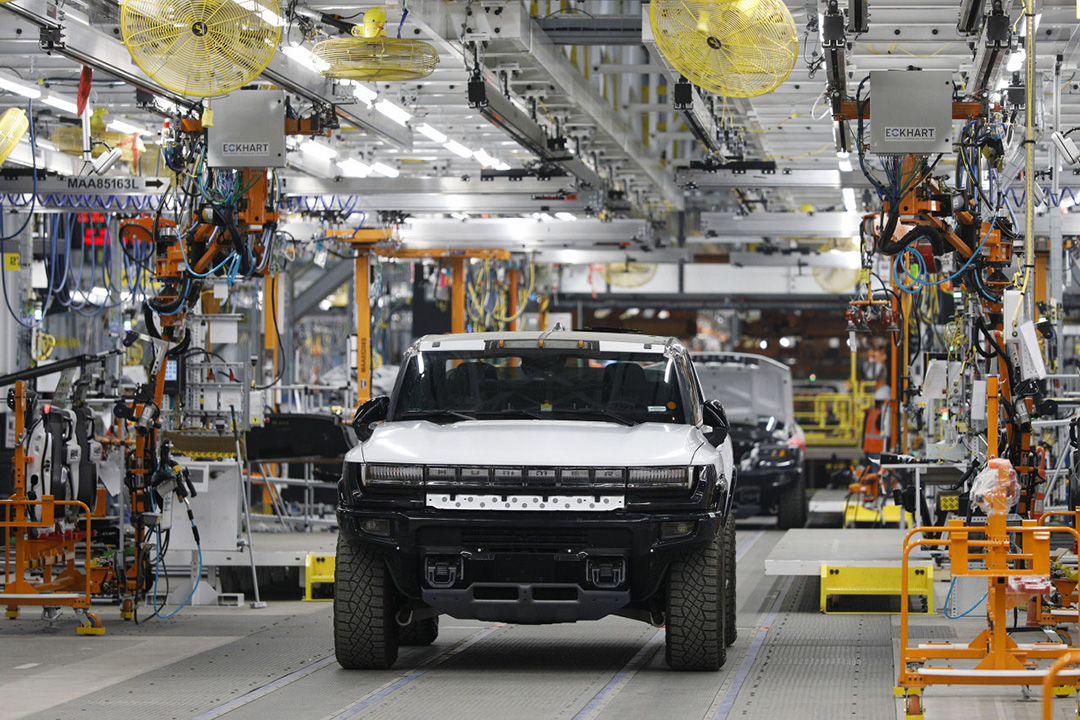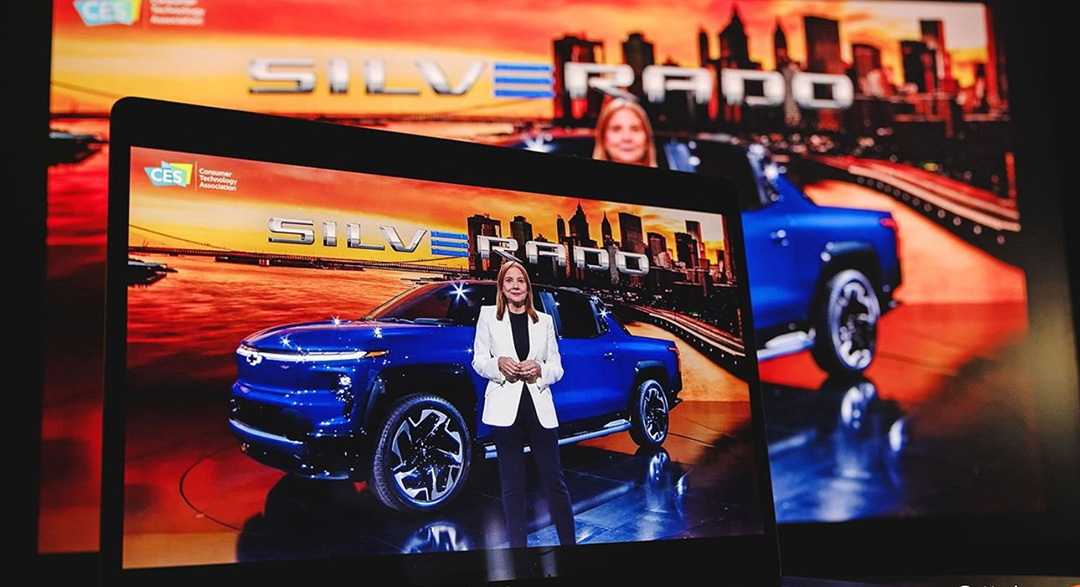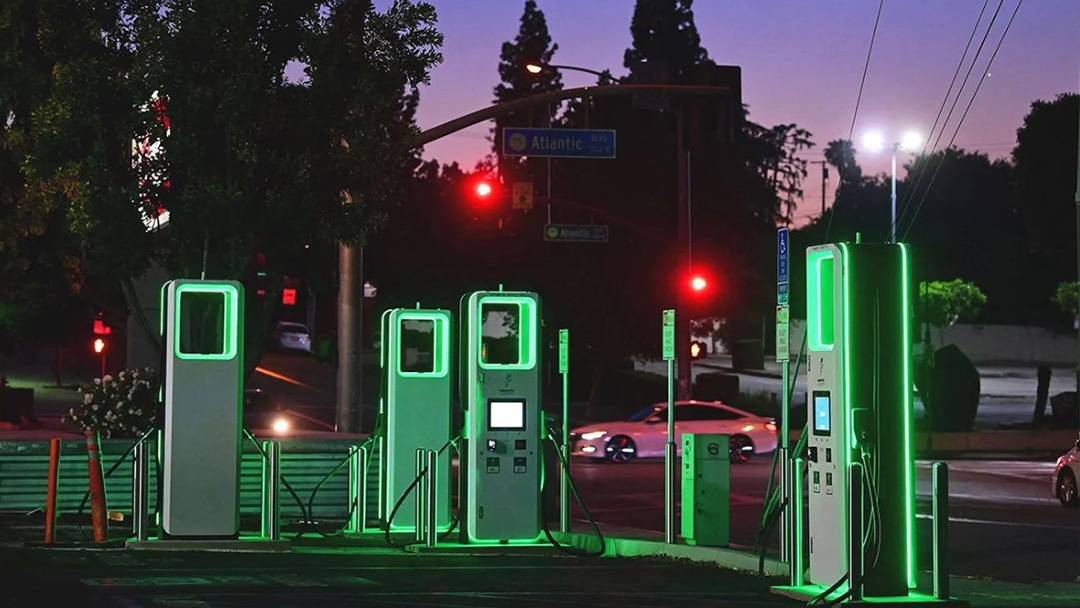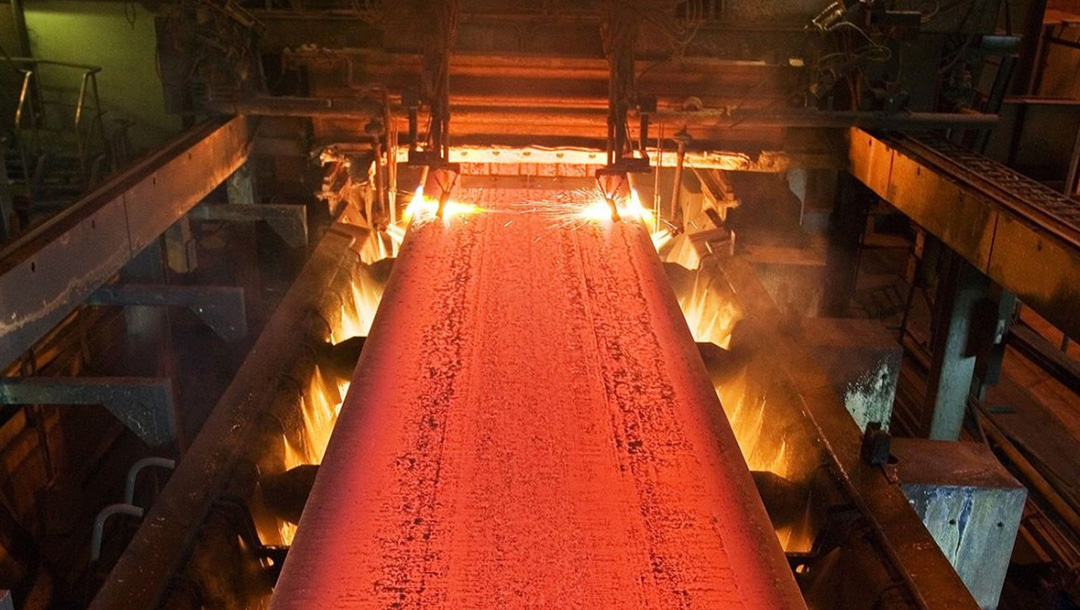NEXT month, a group of Armani-clad men will quietly slip away from the brash, garish halls of the Detroit Motor Show one evening. Stepping into their gleaming limousines, they will drive to a discreet location, probably a converted warehouse down by the old docks on the Detroit River. The edgy, minimalist interior and zenon spotlights will blend perfectly with the Sonoma Valley chardonnay and the sparkling mineral water.
While the crowned heads of the world’s car industry toast each other uptown at black-tie banquets, the international corps of car designers will enjoy its own tasteful get-together, a feature of every pit-stop on the international motor show circuit of Detroit, Geneva, Paris, Frankfurt and Tokyo. Last September, they gathered at a wine cellar in the south of Paris; next March it will be a chateau overlooking Lake Geneva or one of those trendy low-beamed restaurants near the cathedral in Geneva’s vieille ville.
Whatever the location, the confrérie‘s cast is unchanging and the garb is the same. There won’t be a single collar-and-tie in a sea of charcoal roll-neck sweaters. Conservative chic rules, as they swap professional compliments on each other’s “concept cars”, which are pre-production prototypes, unveiled at the shows to gauge critical and public reaction. Last year there was some bitching about how BMW had “lost it” with the curvier lines of its new 7-series executive, departing from the brand’s house style. The bitchers were wrong; the new model is better.
These men (and, these days, even a few women) are not only to be seen around car shows. Patrick Le Quement, head designer at Renault, France’s second-biggest car-maker, says that ten years ago he would be the only car designer attending the Milan fashion show. Now, not only does he send a whole team, but so do other car companies. Car designers are also in evidence at architectural shows such as the Venice Biennale, or the graphics exhibitions of Warsaw and Krakow in Poland. They are out to see what shapes and forms other designers are trying out, and to pick up colours and ideas of their own.
Welcome to the world of the celebrity car designer, a breed increasingly responsible for the fortunes of the world’s big car companies. We live in a designer world, and the car designers are at its heart, since they work with the most expensive consumer goods that most people ever buy. These ones, though, stand a little apart from other industrial designers, since, inside their cool attire, they are all petrol-head car nuts.
The tribe of the car designer recruits its new members from the Royal College of Art in London (cradle of Damien Hirst’s conceptual art), from the Pasadena College of Design in Los Angeles, from the College for Creative Studies (CCS), if that is not an oxymoron, in Detroit—and from other car-design schools in Stuttgart and Paris.
Strangely, there is no car-design college in Turin, the home of stylish Italy’s car makers, even though it is the base of world-famous design houses such as Pininfarina, Bertone, Giugiaro and Ghia (now part of Ford), which work for the world’s big car companies. Maybe Italy does not need one. The Turin designers are the inheritors of the craft school of 19th-century coach-builders. They still turn out special versions of mainstream cars, notably coupés, for the big manufacturers. And northern Italy is a world-class centre for all sorts of other design, from fashion to furniture. Perhaps the country that produced not just Alfa Romeos but Bugattis, Lamborghinis, Maseratis, Ferraris and Lancias, (not to forget cool little Fiat Seicentos or Puntos), just has car design in its blood.
Nor is there a car-design school in the home of the world’s strongest motor industry—Japan. There, however, it shows: Japanese cars have many qualities to commend them, but original design has not been one. Japanese car makers are, however, beefing up their design centres in places such as Los Angeles and London.
London is the latest cool place on the circuit. Long gone are the days in the mid-1970s when one young British car designer called Trevor Ford felt obliged to move to Turin, learn fluent Italian and re-name himself Trevor Fiorino to get taken seriously. Ford Motor, the world’s second-biggest car company, recently opened a studio in Soho, surrounded by video-production houses, strip joints and gay bars. Nissan’s chief designer, Shiro Nakamura, is about to open a design centre in up-and-coming Paddington. He says he chose London for its strong design culture, visible in both architecture and fashion, and picked smart new premises in the centre “because the suburbs are not attractive to the young designers I want to hire”. The suburbs, however, are good enough for Nissan’s engineers: they are based in Cranfield, north of London. Point taken.
Designers make, or break
Today, these designers are the individuals with the ability to make or break car companies. Car makers all have access to more or less the same technology and engineering skills, so the spotlight is on the designers. Take Peter Horbury of Ford’s Premier Automotive Group, which makes Aston Martins, Jaguars, Volvos and Land Rovers. As a youngster in the north-east of England he hung out with his contemporary heroes, Eric Burdon and the Animals, a British rock band. But he went to art school and, instead of becoming a rock star, became the car designer who turned Volvos from fridges-on-wheels into slick machines. Now, he is in charge of design at the four prestige car marques that are Ford’s best hope of staying on the road.
He and his like move around the industry, their pay and their reputations boosted by their latest hits. They are the rock stars of the car industry. Younger ones, such as Roberto Giolito, who designed Fiat’s daringly different (ugly, but functional) Multipla people carrier, or Gerry McGovern, who made his name with the bestselling Land Rover Freelander, even have the curly tresses of yesterday’s pop singers or 1970s footballers.
Mr McGovern, a baby-faced Briton, now looks out over the Pacific from his studio at Ford’s Lincoln design centre, based in Irvine, California. Ford moved Lincoln’s designers there precisely to break the mould of stodgy old Lincoln designs from Detroit. Californians would not be seen dead in anything designed in Detroit, so the only answer was to move west and try to catch the breeze. Lincoln’s new concept vehicle, on show at the Detroit Show next month, is a bid to launch a new breed of American luxury saloon, and reverse the steady advance of European versions such as the big Mercedes, BMWs and Jaguars. The apotheosis of the designer as star is at Renault, where one of Mr Le Quement’s team, Stephane Schwarz, a small, stylish Swiss man with a come-hither French accent, appears in a television commercial, clad in a judo outfit, to advertise Renault’s sexy new Avantime coupé.

The Renault Avantime
Older designers like Walter da Silva are also sought after to work their magic on tired brands. Mr Da Silva shot to fame in the mid-1990s with the Alfa Romeo GTV coupé and 156 saloon, which put Fiat’s sporty Alfa brand back on the map. No sooner had Bernd Pischetsrieder become boss of Volkswagen’s Spanish SEAT subsidiary, a few years ago, than he lured Mr da Silva there. His task was to turn its boxy cars into a sort of Spanish Alfa look that emphasised their Latin origin rather than their Germanic ownership. These days, Mr da Silva is in southern Germany, trying to improve the rather staid look of VW’s Audi range; the improved, crisper lines of the latest version of Audi’s A8 top-of-the-range model reflect his input.
Similarly, one of the first things Carlos Ghosn did when he was parachuted in from Renault to rescue Nissan in 1999 was to hire Mr Nakamura, a Japanese designer who had worked in America and Europe. His mission was to kill off Nissan’s reputation for making dull but reliable cars, and to inject some design that could appeal to buyers. The culmination will be the unveiling in 2003 of the new breed of Z-cars, a deliberate echo of Nissan’s old Z sport-coupés of the 1970s, the only Japanese car to have become a modern classic in America and Europe.
This fixation with design is not entirely new, but it has intensified in recent years. In the 1980s, all modern cars were beginning to look the same. Constrained by the same safety regulations to strengthen bodies, and by the same search for streamlining to improve fuel economy, European producers started to turn out similar three-box (engine, cabin, boot) saloons or hatchbacks, known dismissively as Euroboxes. In America, Detroit turned to hunky off-road pick-up and “sport utility vehicles”, or slab-sided minivans. Both are the antithesis of style to anyone not born in Texas. With saloon cars, the ubiquitous sideways-mounted, front-wheel-drive engine and transmission system (best for economy and space in most models since it was first invented, in modern version, in the Mini of 1959) added to uniformity.
Car makers went from boxes to curvy, elongated jelly babies. A Ford executive described one of his models as having “all the style of a suppository”
Those days are now past. In a crowded market, car bosses ache to have models that stand out. “Design is the differentiator”, says David Thursfield, boss of Ford’s international operations. Renault’s Mr Le Quement traces the revival of car design in Europe to the onslaught of the Japanese. In a 1984 book on the future of the car, Daniel Jones and James Womack, two business academics, argued that the European motor industry’s best hope of survival was to concentrate on European designs and local consumer needs. This ran counter to then-fashionable talk of “world cars”, designed to be all things to all continents. “I was at Volkswagen at the time,” recalls Mr Le Quement. “We were trying to design cars that would not displease people.”
Shortly after that, as Mr Le Quement observes, the Germans took note and started making cars that actually looked as though they were German. Fiat similarly returned to its policy of making cars that looked first and foremost Italian. Embracing design, however, has not always been a success. A decade later, car designers started to be influenced by an Italian-sounding German industrial designer called Luigi Colani. He was famous for “biodesign”, which took the traditional 1930s Bauhaus (“form follows function”) concept, and added flowing “organic” shapes to cameras and computers. Unfortunately, the result was often amorphous, especially when taken up by the Japanese and Americans. From boxes, car makers went to curvy, elongated jelly babies. One Ford executive privately described its Taurus model of the mid-1990s as having “all the style of a suppository”.
Retro passé?
Now that car designers have established themselves, their designs are beginning to mimic the quirks, self-referentiality and humour of the fashion world. One recent trend has been for retro models. Professional car design, after all, has a long pedigree. It started with General Motors back in 1927, and the “art and colour” department under Harley Earle. He was the man who first used life-sized clay models of new designs. Wayne Cherry, GM’s current head of design, points out that car companies still use “clays” to show off rival designs for top management to choose. He accepts, however, that three-dimensional digital computer modelling has changed the design process a lot in the past ten years. Digital images are useful for pooling information around the world, and for working on detail design for parts of the car, such as headlamps or hatch-back doors.
There is a now a strong current of retro fashion in car design. J Mays, Ford’s head designer, made his name at VW with the retro new Beetle, which has been a hit in America. There, it tapped into a wave of nostalgia among middle-aged Americans who remembered it as the car their parents bought them as a graduation present. In Europe, it has done less well, because the same generation remembers it as an under-sized family car, which was the only reliable transport they could afford when their children were young. So worried was VW about this transatlantic split about retro that it hesitated for a year before proceeding recently with its modern version of that 1960s icon, the VW Kombi: the minivan that embodies the whole spirit of 1960s, “Surfin’USA” and the Beach Boys. Mr Mays is a bit of a retro specialist, given that he also worked on the Thunderbird and the new Mustang (based on a famous model from the mid-1960s), and is currently developing a modern version of Ford’s legendary GT-40 sports car.
Ford’s new Jaguar XJ, like its S type of a few years ago, also harks back to venerable older models, with little design cues here and there evoking the glorious past of the original models. Mr Mays sees a difference between its “classic” lines and a saloon like the Rover 75 (designed when BMW owned Rover), which he thinks looks like an over-the-top German stab at re-creating a traditional, solidly British, Rover. The danger of retro is kitschy, Disney-style reproductions, like neo-Georgian houses or mock-Tudor mansions.
Gallic flair
American enthusiasm for retro cars could reflect a relative lack of imagination in contemporary car design there. Mr Mays, who is American, thinks his country is just not big on car design. Indeed, he thinks that there is little aesthetic sense of design in America at all, certainly not in the space between New York and Los Angeles (which includes, of course, Detroit). In the United States, reckons Mr Mays, three-quarters of cars sell on their functional qualities. “Americans like things that are quick and easy,” he says.
The vogue for retro could also simply reflect the spirit of the times. The Frenchman Mr Le Quement argues that there was a mood of anxiety in America as the millennium approached: consumers became nostalgic, and sought trusted aesthetic values from a familiar past. Car companies with retro styles were catching on to this popular mood, which the terrorist attacks on New York only prolonged. Sooner or later, he thinks retro will be passé, and American design will be fresh and vigorous once again.
If Europe is the hottest place for fresh car design, then Renault has to be the crucible. There is no better example of revival by design than Renault. When Mr Le Quement arrived there after 17 years at Ford and two with VW, he was ready to shake things up. Renault had had a history of innovative designs, such as the R16 hatch-back in the mid-1960s and the little R5 town car synonymous with the 1980s, not to mention the Espace people carrier, which invented that genre in Europe in the mid-1980s. By the late 1980s, however, the company had lost its way, its products were unexciting and it was losing ground in the market. In particular, its mid-range and upmarket models were so dull that the only people you ever saw in them were French prefects and government officials.
At the time, the middle and upper market segments were dominated by the German trio of Volkswagen (with the ubiquitous Golf), BMW (with its 3 and 5 series) and Mercedes (starting with its C–class). All these cars looked—and still look—quintessentially chiselled and Teutonic. Mr Le Quement realised there was no point doing what the Japanese and South Koreans had tried to do unsuccessfully: namely, to imitate the Germans. That is when he worked out that Renault needed a bold new strategy that centred on creative flair. “Design was put at the core of our strategy,” says Mr Le Quement.
This was not always easy. When Mr Le Quement presented Louis Schweitzer, Renault’s chairman, with his first sketches of the Vel Satis luxury saloon back in 1996, the boss replied “Bien sur, c’est beau.” But, with the company losing millions, there could be no budget for such a daring prototype. As the disconsolate designer picked up his papers and headed for the door, Mr Schweitzer called out: “But do it anyway.” That concept gave birth to Renault’s new Vel Satis executive-class saloon, which Car magazine calls a “wedgy, rumpy, tall motor with design flair and character”. It has been an outstanding success in France. Renault expects rivals such as GM’s Opel subsidiary to reflect this sort of design with its new premium-sector model.
Renault has not just gone for dashing good looks, as with the Vel Satis: it is bravely launching an entirely new genre. The latest example is the luxury two-door, four-seater Avantime coupé. Who knows whether this will define the next generation of cars? But, certainly, Renault’s track record in designing distinctive new types of car is strong, going back to that revolutionary Espace multi-purpose-vehicle (MPV), which is like an American mini-van, plus style. It later had a smash-hit with the Megane Scenic, a functional small MPV, based on the hum-drum chassis and parts of the Megane saloon. This model sold many times more than forecast and launched a whole new category, known as compact MPVs.
Indeed, the designer in charge of this project, Anne Asensio, a French graduate of Detroit’s CCS, has since been lured back to Detroit by GM, which wants her to work her magic there. GM is also counting on design to boost its sales. It has brought out of retirement a famous product-development expert, Bob Lutz (a legend in the American industry for rescuing Chrysler a decade ago), who famously gets along with designers and is no mean hand at sketching his own ideas to inspire them, according to GM’s Mr Cherry.
So what does the designer achieve with a winning design? Most use the word “emotion” when describing what makes for a successful model. Mr Pischetsrieder says car brands are all about emotion. Ford’s Mr Mays says “you have to connect with people’s lives at an emotional level”. He likens cars to movies: “People have to sink in and lose themselves in the vehicle. You have to take them where they’ve never been before, far from reality.”
Mr Cherry at GM uses the same language. “It’s an emotional connection. It’s the wow factor. You have to design to communicate the essence of a vehicle, which after all symbolises your values, reflects on you as a person. You drive up and make an entrée in your car.” No wonder they are always so chic and well groomed when they gather for their receptions every few months. One has to create a good impression in person as well as on the road.




